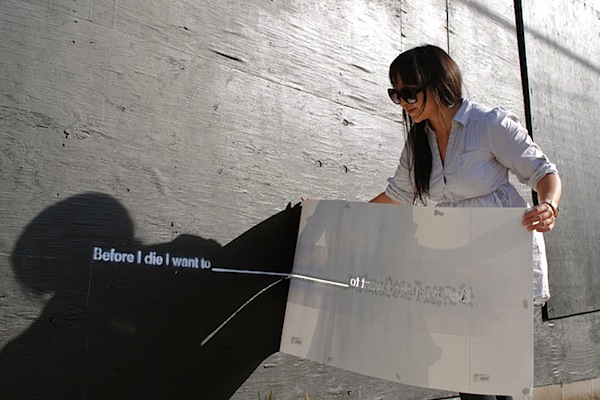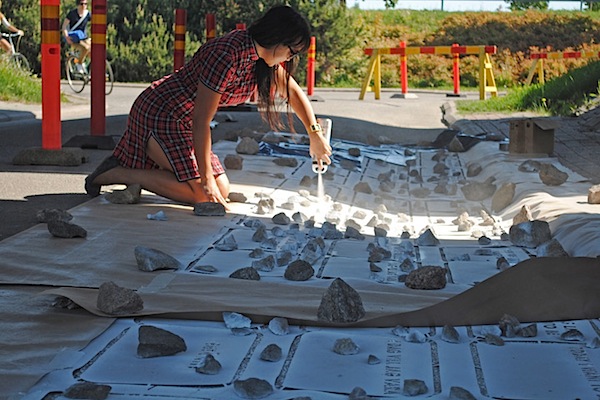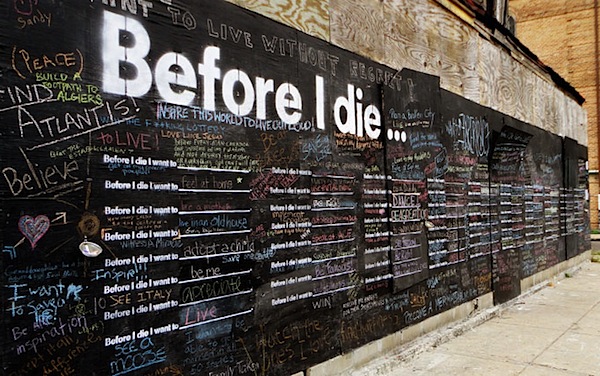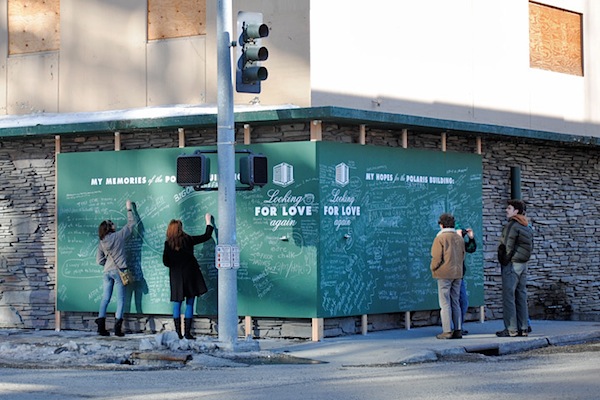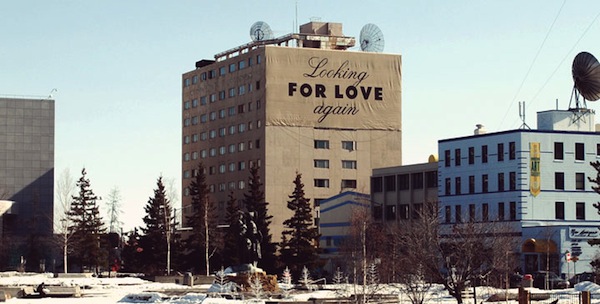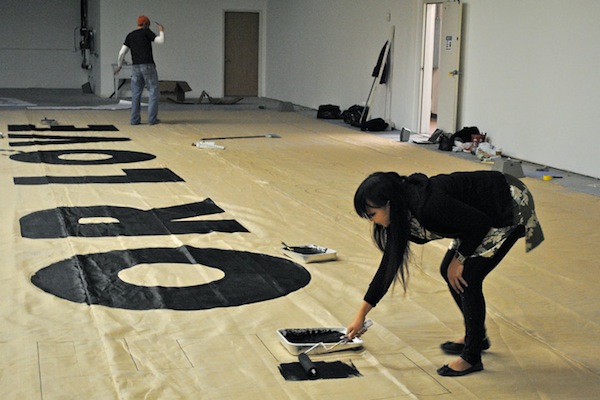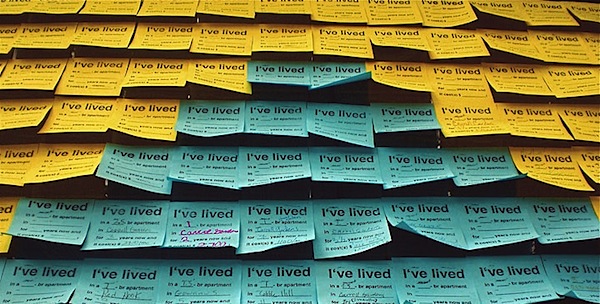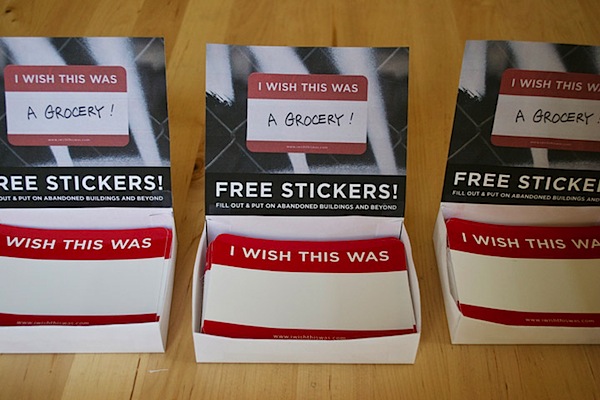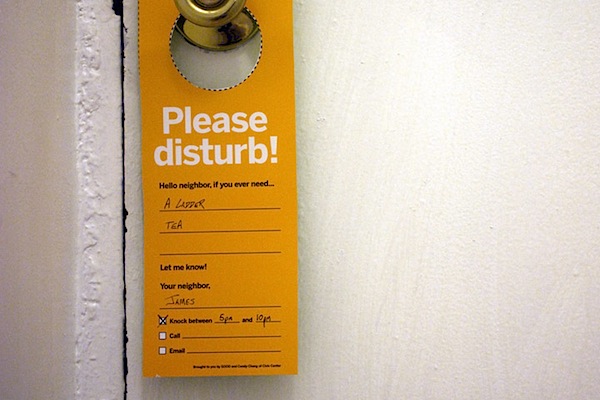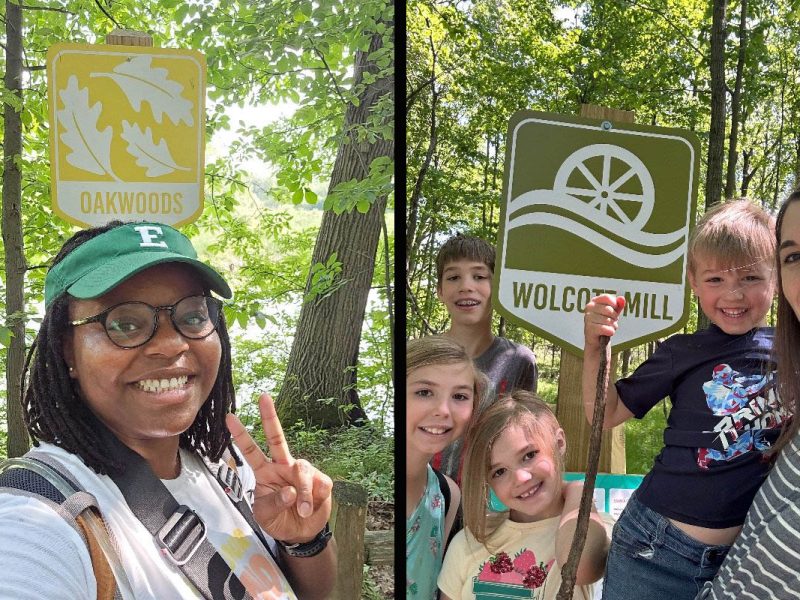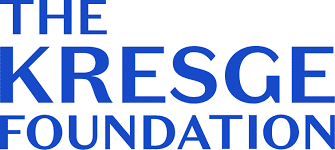Joy & the city: A conversation with Candy Chang
Whether you have been following her projects in New Orleans and other cities for years, or just really like the idea of interactive public art, you won't want to miss Candy Chang's Detroit appearance on June 18. Fangirl Claire Nelson asks the questions.
Before chalkboard paint was a thing, and even before “placemaking” was a thing, Candy Chang was experimenting with both.
A Senior TED Fellow, Chang is passionate about redefining the ways we share information in public space to improve urban neighborhoods. Fast Company named her an Emerging Master of Design, and Oprah Magazine recognized her as a “Live Your Best Life” Local Hero. A former art director at The New York Times, Chang has exhibited her work at the National Design Triennial at the Cooper-Hewitt in New York City.
Whether you (like me) are a big fan who has been following her projects in New Orleans and other cities for years, or just really dig the idea of interactive public art, you won’t want to miss her appearance at the first Van Dusen Lecture Series in Detroit on June 18.
In anticipation of Chang’s visit, we caught up with her to find out what’s on her mind:
We’re thrilled you’re coming to Detroit to share your design work in New Orleans and beyond. But you’re not new to Michigan – you studied architecture and graphic design at U of M. How did your studies there inform your future work?
I’m excited to come to Detroit and my time at University of Michigan was full of experimentation that set the tone for the rest of my life. Many of my friends were from Detroit and they took me to warehouse parties and galleries and showed me around the city. All the music and creativity that has come out of Detroit is remarkable and it inspired me to make many things in many ways.
I was making music and stop-motion animations and silk-screened posters and street art. It made me realize we can make disciplines as small or as big as we like. Disciplines are just one way to categorize fields of study and interest, and it seems only natural that we make our own disciplines out of the bits and pieces that we’re interested in. Those years really shaped me and I will always be grateful for and care a lot about Detroit.
What was your first project to marry your interest in public art and civic engagement? What did you learn from that experience?
The interactive public art projects started out as my quiet way to ask my neighbors things I was too shy to ask in person. The first was Post-it Notes for Neighbors, where I covered a storefront window in Brooklyn with fill-in-the-blank Post-it notes to ask my neighbors how much they pay for their apartments. After five days, there were over 150 responses and it was such a fun and easy way to learn more from my neighbors.
There were other benefits to using cheap analogue tools. They’re accessible to everyone. The responses are anonymous so it allows people to open up in ways they might not have otherwise. People can share as quietly or as loudly as they like. People’s handwriting reveals a lot of personality that often gets lost with digital tools. And because it’s cheap to make, it’s no big deal if it doesn’t work out. It relieves the pressure and puts you in an open-minded mood to keep learning and rolling with the punches.
For those who aren’t familiar with your work, you may be best known for your community chalkboards (Before I Die being the most famous) and fill-in-the-blank stickers (like I Wish This Was and Neighborland). We’ve even seen some local installations here in Detroit. Why chalk and stickers?
I did what I could with what I had. While I was studying urban planning, I spent months working with community groups in Johannesburg, New Orleans, Nairobi, New York, and Vancouver. Those experiences taught me the value of being scrappy. I also saw the limitations residents have in sharing resources and wisdom with one another.
At the same time, I was designing and running a record label with my friends and making street art. I thought a lot about the flyers I saw in public space and what other information we could share if given the opportunity. I didn’t have much money but I had design skills. That’s when I started making the interactive experiments in my neighborhood using simple tools like stickers, stencils, and spray paint. They were like upgraded versions of a flyer, a kind of love child of street art and urban planning.
The projects also happened to coincide with the beginning of digital fatigue. There’s something refreshing about stepping away from your gadgets and sharing with a piece of chalk.
The title of the June 18 event in Detroit is “Joy: in the Midst of Transition.” Certainly both New Orleans and Detroit have experienced their share of trauma, and some might say “fun” is kinda trivial in the face of big challenges like public safety and education. How can joy inspire real change?
I’m more inspired when I’m driven by hope than by fear. I’m driven when I’m grateful and looking forward to seeing something happen. Joy reminds us of the things that are meaningful to us and what we’re working towards.
“Placemaking” is a relatively new term here in Detroit, with new investment in public spaces downtown, as well as more public art projects and gardens in neighborhoods throughout the city. What does this word “placemaking” mean to you? Why does it matter?
I think it’s just a fancy word for a place that is cared for and is caring. Our public spaces are our shared spaces and they reflect what matters to us as a community. The city historian Lewis Mumford once wrote that the origins of society were not just for physical survival but for “a more valuable and meaningful kind of life.” Some of the first gatherings were sacred groves and graves. We came together to grieve together and worship together and console one another and be alone together.
This is fundamental to life and our public spaces have so much potential to nourish our well-being, not just as residents but as human beings trying to make sense of our lives. Every community is full of longing, pain, joy, insecurity, gratitude, fear, and wonder, and there’s great comfort in knowing you’re not alone. Our public spaces are as profound as we allow them to be.
What are you most excited about right now? New projects in development? I really loved your idea to post instructions for opening small businesses right in vacant storefront windows – any experiments with that? (I think we could use that here.)
Not yet — feel free to run with that idea! These days I’m really interested in turning abandoned buildings into sanctuaries to help us pause and examine our lives more deeply. Road trips have been a constant source of therapy for me and I’m excited to work on a new project in the Mojave Desert.
The writer James Reeves and I are planning to transform an abandoned gas station on Route 66 into a library dedicated to pilgrimages and personal transformation. The Philosopher’s Library will be a remote sanctuary filled with books that have changed our lives as well as a card catalog where travelers can share their philosophies for personal well-being. We just made a project site where people can suggest books to include in the library. People have already shared hundreds of thoughtful recommendations and my reading list is long and exciting.
My projects are all a form of self-help and abandoned buildings have become a tender canvas to insert the things I wish were in our public spaces. Our neglected buildings are like the neglected parts of ourselves. It’s easy to let parts of us languish. I’ve neglected the solitude I need to read, reflect, and make. And in our age of increasing distractions, it’s more important than ever to find ways to maintain perspective and be proactive about what really nourishes you.
The mythologist Joseph Campbell once said, “The privilege of a lifetime is being who you are.” To be true to yourself, you need to take the time to step back, pause, be quiet, and reflect. You are constantly growing and changing, and with every experience you gain new perspectives that can reshape your guiding star.
